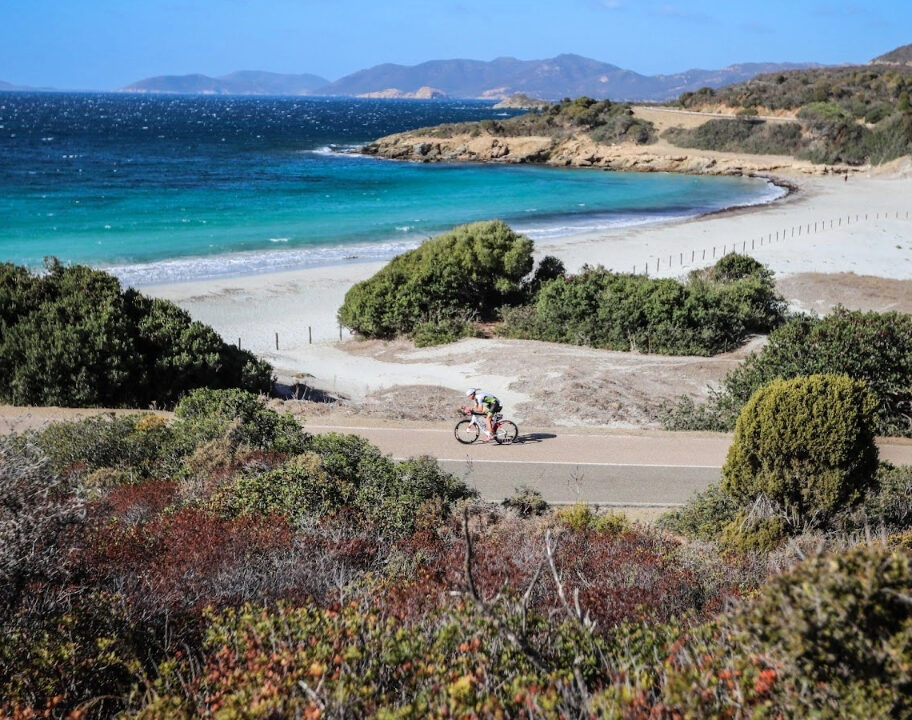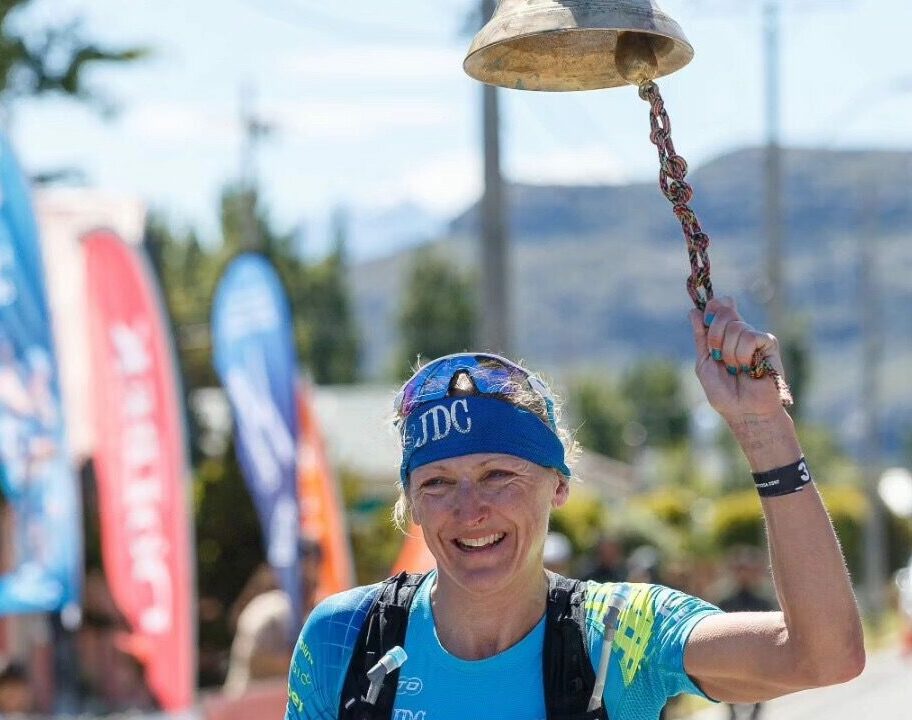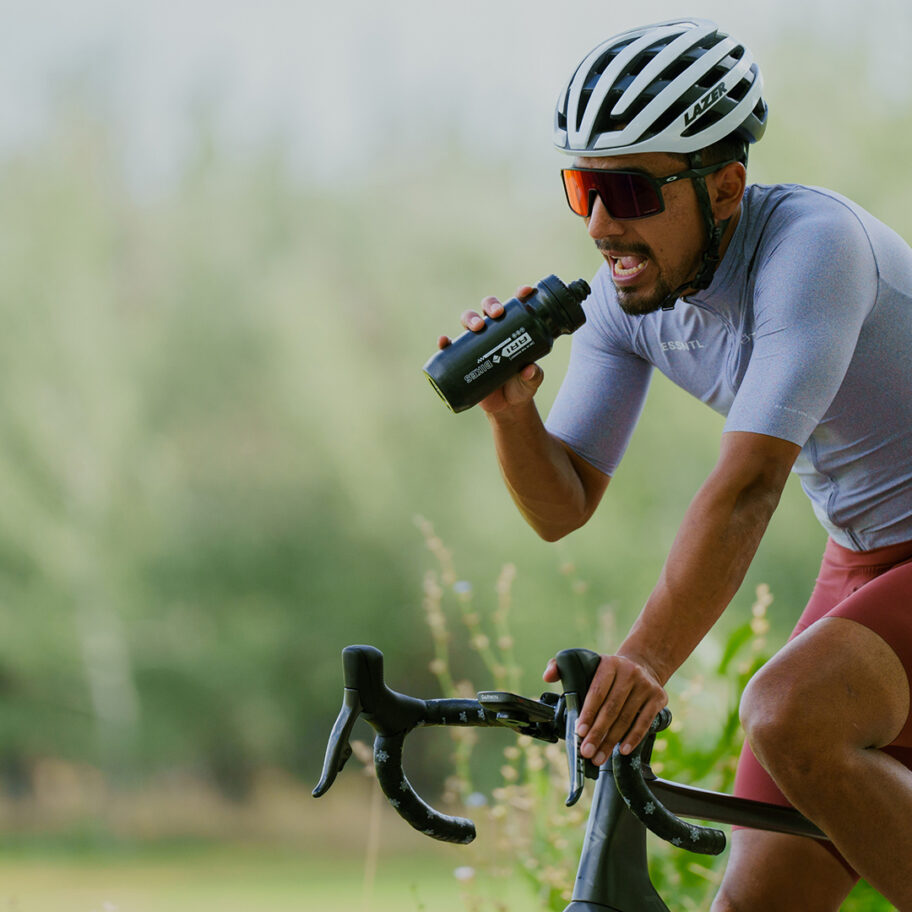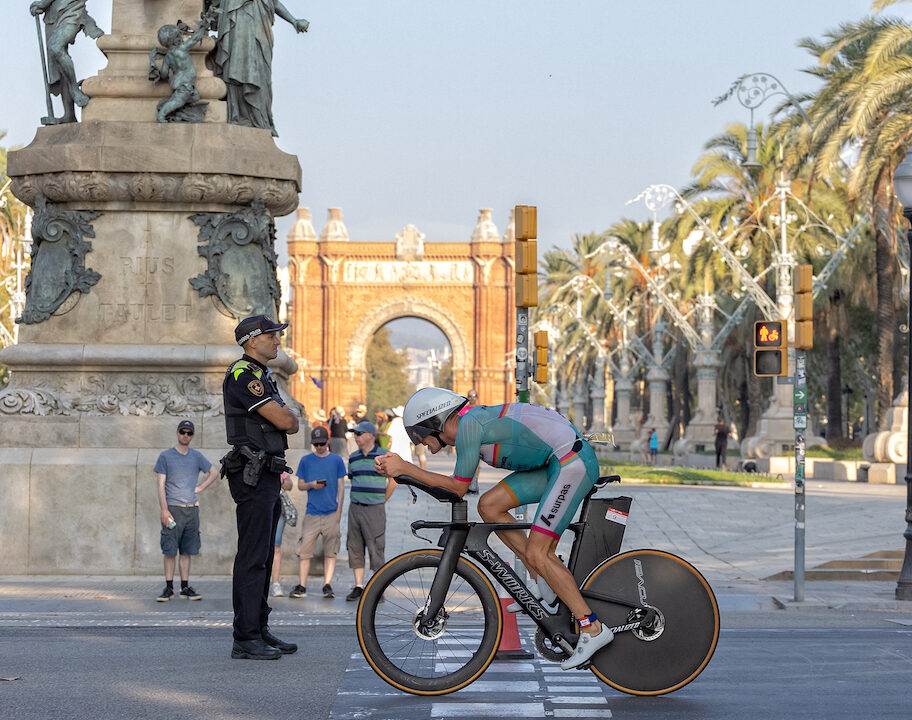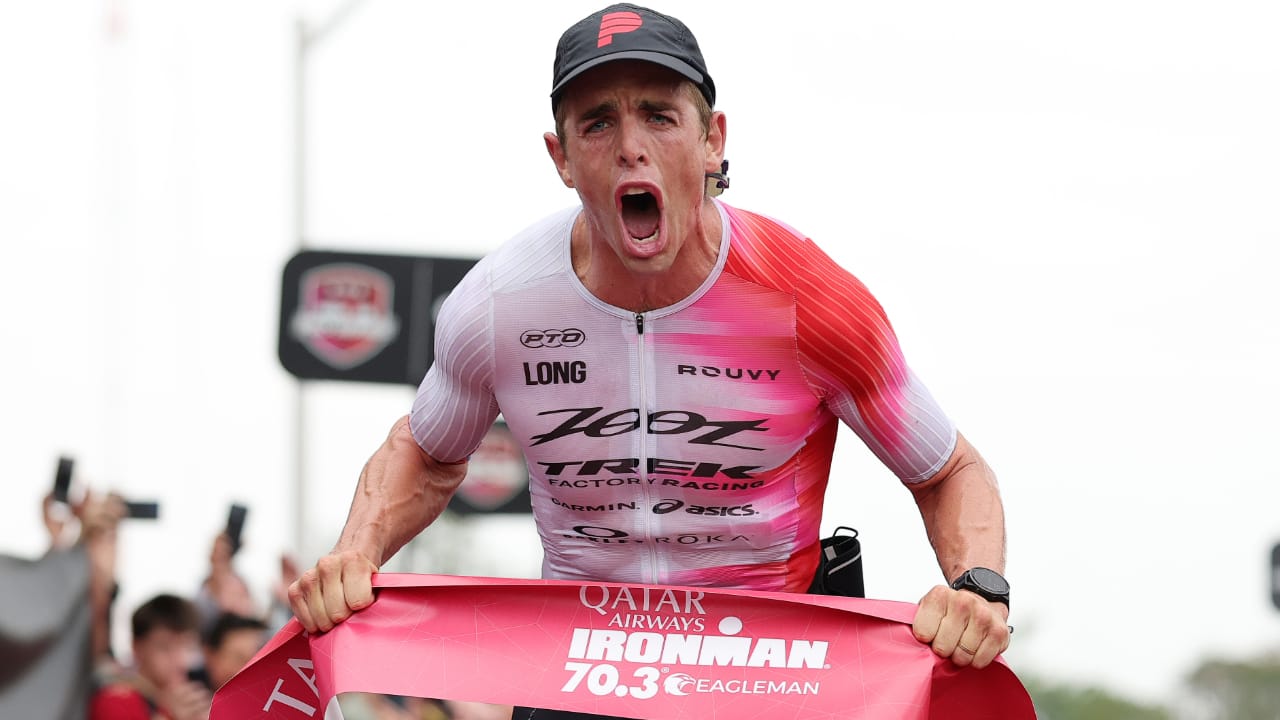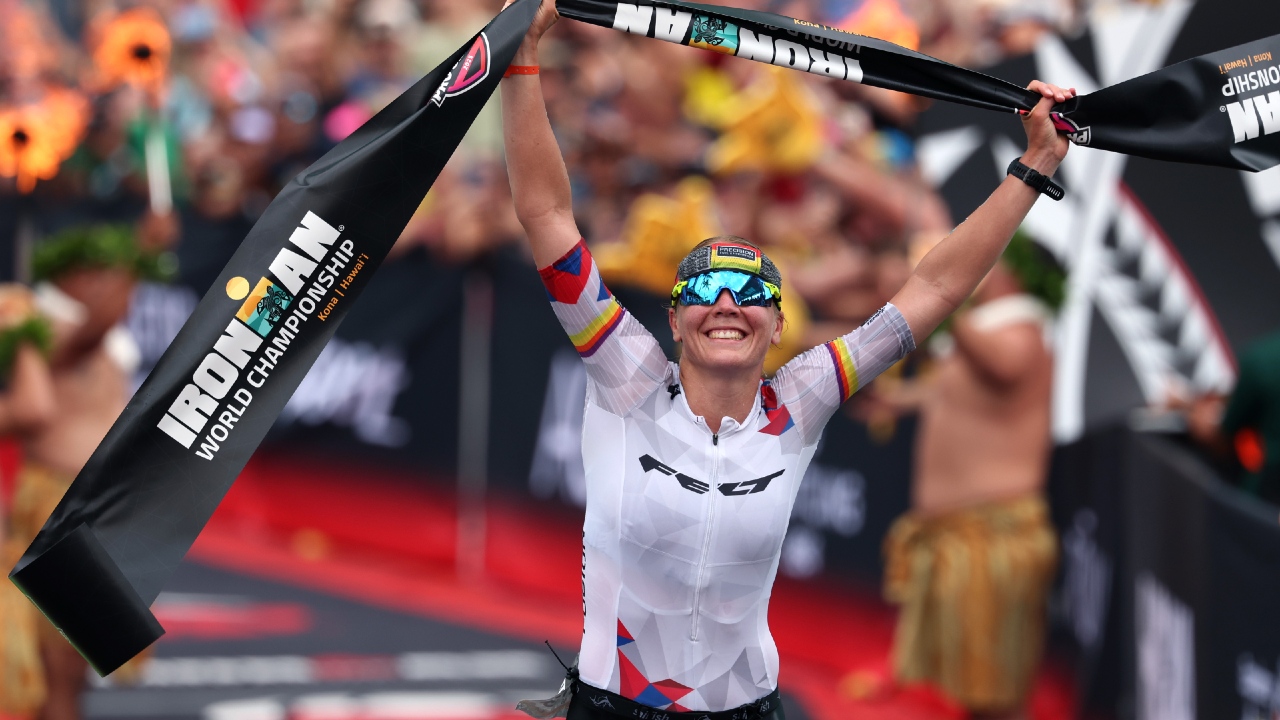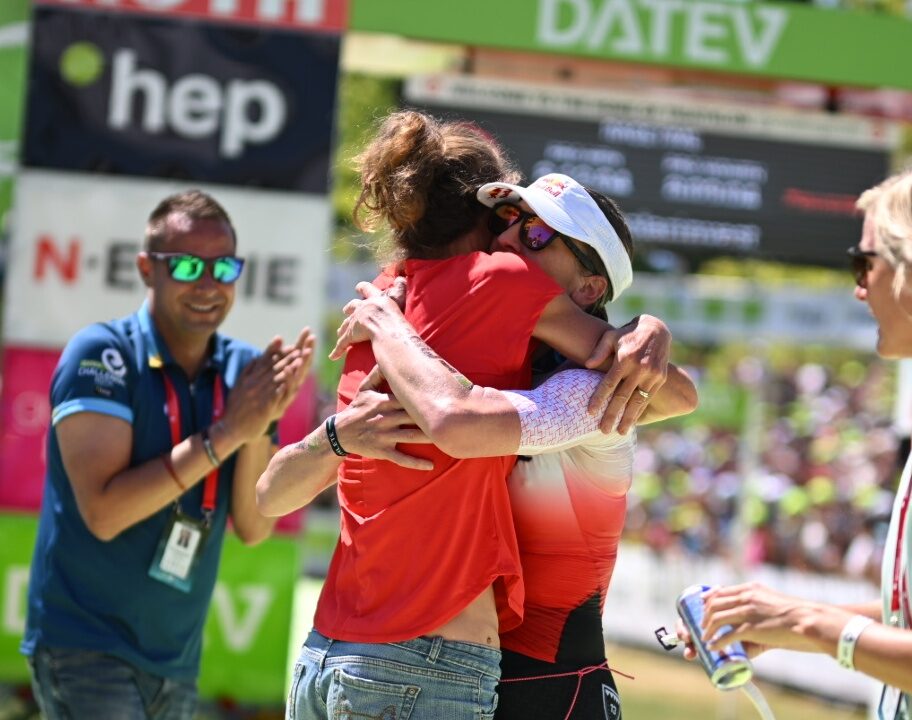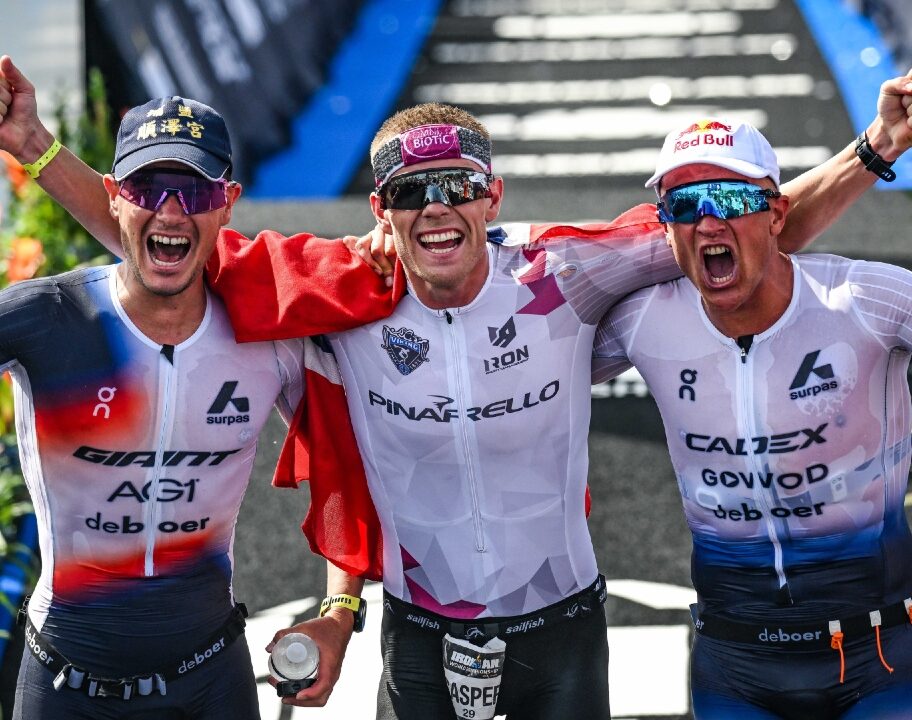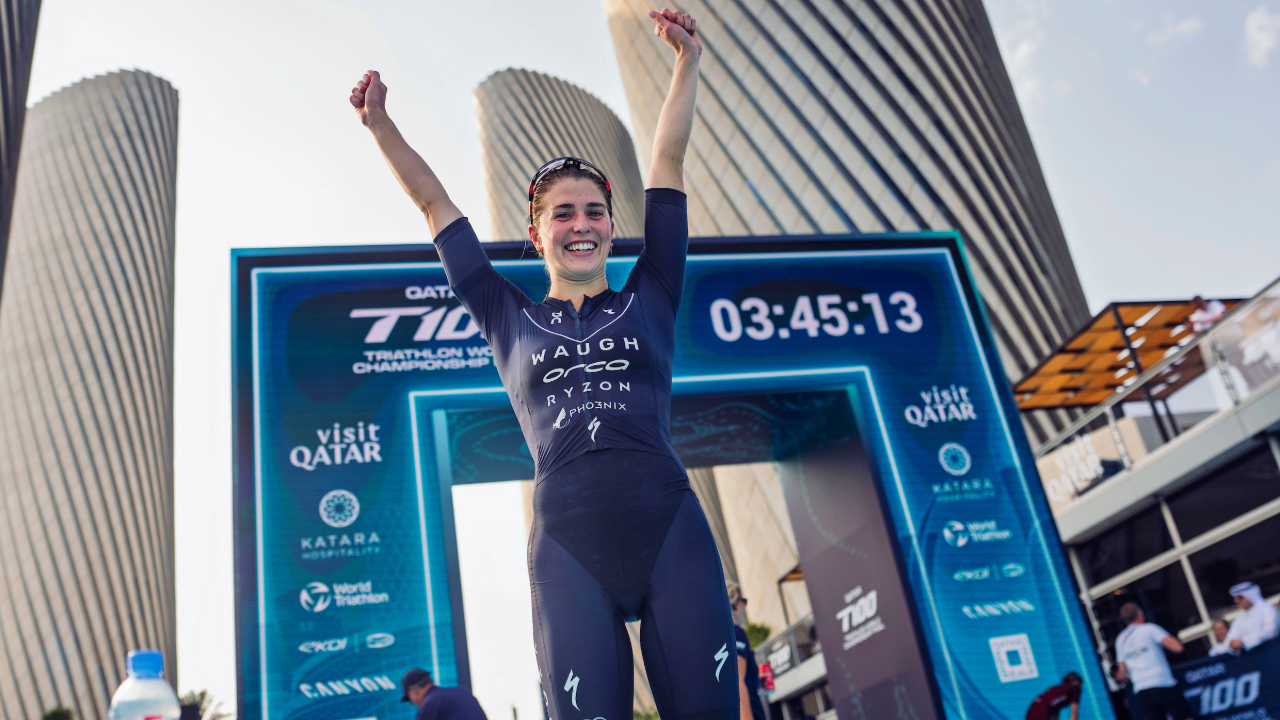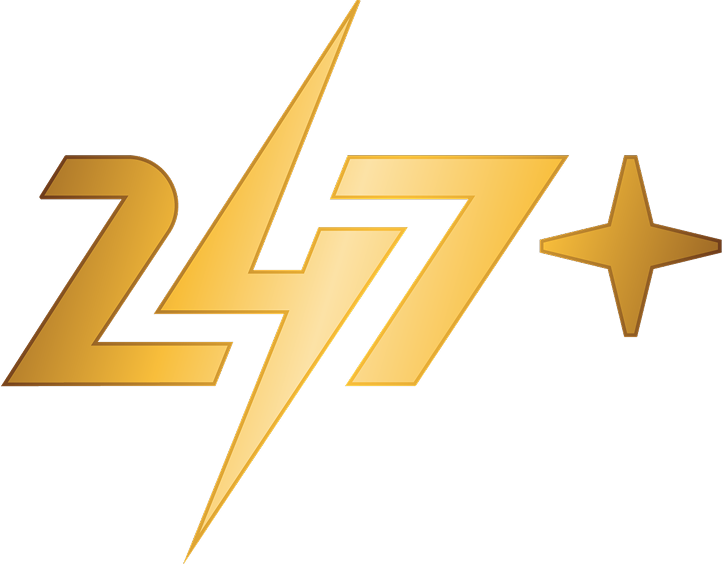With all the fanfare of the IRONMAN Pro Series and the T100 Triathlon World Tour, it’s easy to allow Challenge Family to perhaps fly under the radar a little.
But look a little closer, and not only are their PRO races creating the pipeline for the next generation of elite talent while still bringing in some of the highest profile names in the sport. Challenge Family’s age-group event calendar is only getting bigger. Case in point, the recent announcement of a new full 140.6 mile distance race in the heart of Quebec, Canada. As it stands, you can take your pick of 27 different countries if you want to be part of a Challenge Family race.
As Challenge Family’s brood gets bigger, and triathlon as a whole tasks itself with going ‘mainstream’. I sat down with Challenge Family CEO Jort Vlam to get his take on the current challenges and opportunities in the sport, his ambitions for Challenge. And what it is about this – let’s face it – slightly ‘nutty’ sport we all love that motivates him to keep inspiring new people to make triathlon part of their lifestyle.
Pushing boundaries and exploring limits: the opportunities and challenges of expanding into new markets
With triathlon events from Wanaka to Wales and pretty much everywhere in between, it’d be easy to assume Challenge are simply taking a ‘more is better’ approach to their race calendar. But Jort explains it’s more about creating opportunities for people to push their limits physically – but also experience new places and cultures in the process.
“It’s a pivotal time for us, and we’ve added some great races in new markets. But most importantly – as people are asking quite often ‘how many races do you want to add?’ It’s more about having the right races, races that add something to the calendar and that give you a different experience.”
“Of course, you need to have a great triathlon experience. But the local flavour is also very important to us.”
“It’s a sport about pushing the boundaries, exploring limits.”
“And that’s not only in the physical part, but also in travelling abroad to another country that you don’t know and learning a new culture.”
Expanding horizons, but keeping the family feel: “most important is that you have the right people around you… everyone is willing to learn and to improve”
“I think we’ve done well adding the races in the markets we have, and we’ll continue to do that. But it’s also important that the quality is good, and that we have that Challenge Family feeling. Driven by a local race director who lives and breathes triathlon.”
“We have protocols in place, but I think most important is you have the right people around you that organise the races. That they have the right mindset. No one of our race directors is a person that thinks: ‘we have the best in the world and that’s it.’ Everyone is willing to learn and to improve, year after year.”
It’s still all about the athlete
When I caught up with Jort in Samorin, ahead of Challenge The Championship, he was fresh out of their annual race director meeting. And that plays a key role in that constant learning, evaluating and developing. “We have four days of intense exchange, to really think about: what does the athlete need? How can we perform better? How can we live up to the experience of the athlete?”
“That’s key for our races, we have a team of people who want to do better every year… Sometimes it’s better than others, and we have to be honest about that. But we are here to become better, and listen to the athletes carefully.”
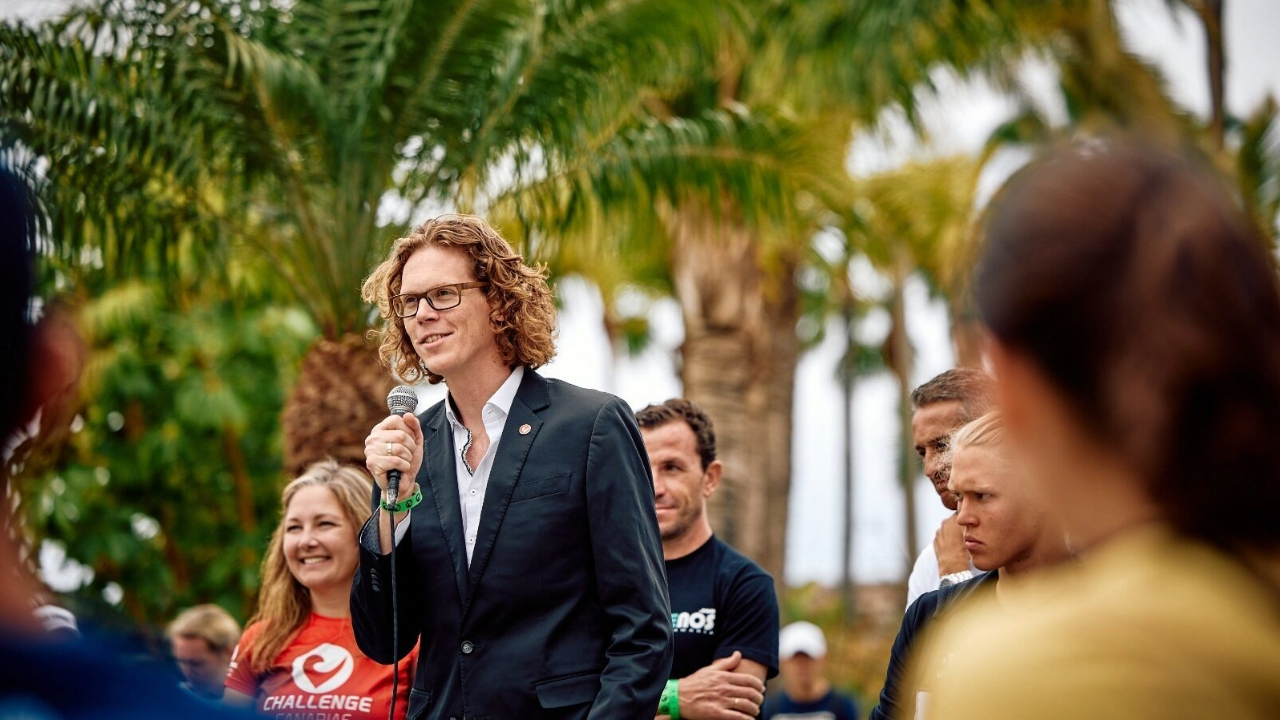
Every race comes with careful thought and consideration, as Jort explains. Managing the balancing act of standardising certain things to ensure athletes have the confidence that they’re going to have a great experience at any Challenge Family event regardless of where in the world it takes place. But also keeping the local flavour, so that every event also has its own unique spark.
So with that in mind, could I convince Jort to pick a favourite Challenge Family race? “That’s a question I really can’t answer,” he laughed. “Every race is so different, and you get a different experience so you can’t say one experience is better than the other. That’s the beauty, exploring all those different races and having those experiences rather than ‘there’s one race and you should stick to that.'” With that in mind, sounds like I might have to write myself a Tour de Challenge Family bucket list to work my way through!
“It’s not just a sport for nutty people…” Triathlon can become mainstream – but we need to find ways to attract new people into the sport
Over the last few years in particular, we’ve seen a real shift in focus among triathlon event organisers to try and take triathlon ‘mainstream’. Made for broadcast race formats, year-long narratives and a push for more visibility. And that’s something that would certainly benefit the sport and broaden opportunities. It’ll also come in handy for those of us who’ve had a few too many ‘yes, all three sports in one day… yes, back to back… yeah I guess it is a pretty crazy way to spend a Sunday morning!’ conversations. So I was interested to get Jort’s take on whether triathlon can – or should – go more mainstream.
“I think the last few years for triathlon has proven that it’s not just a sport for nutty people who are willing to spend 40 hours a week training. Nowadays, it’s a sport that basically everyone can do, it’s more like a lifestyle,” he reflects. “I think that appeals to a lot of people. We have different distances, different formats. And you see that more and more people discover the sport as something that they can also relate to.”
“It’s not for the crazy ones, but it is something everyone can do. It requires some effort of course, but people like the challenge.”
Together, you grow the sport
“I definitely think that there is still a huge potential for our sport to grow bigger and bigger.” And in Jort’s opinion, as long as we keep the different goals and purposes people have in the sport front of mind, that growth doesn’t have to come at the cost of the core values and grassroots feel that so many people love about the sport of triathlon. “We have different events, those that are really catering for people making their first steps into the sport. And then the events where the world-class athletes are racing, and everything in between.”
“Some are great to broadcast, others not. We shouldn’t take an approach where every event or brand has to be the same. We have those differences and I think together you grow the sport. And that’s most important, I think.”
Getting infected with the triathlon virus
While new events, bigger sponsorships and greater visibility is key. At the heart of it, triathlon is a participation event. So if we want the sport to grow, we need to get people into it – and keep them into it. And that’s where the head winds can blow. “I think the biggest challenge [for triathlon] is to get people connected with the sport,” says Jort.
“It’s not just with sport, but with the world in general. People are getting distracted more and more often. They see one thing, they want to do that. Next year they’re going for a completely different thing. So we need to keep people in the sport, giving them new challenges from time to time – sometimes a new format or inspiring different training methods.”
“I think we need to find ways to attract new people to the sport, but also really see what’s working and keep that for people that are already in the sport and keep them inspired for the next event and the coming years.”
“From a very young age, I was infected by the triathlon virus. I found so much joy in the sport and with people that are in the sport. I hope many more people will find the love of triathlon, and they have the same experience. That would be really cool.”
Creating meaningful experiences: the ambition for Challenge Family
Alongside bringing more people into this sport we all love, Jort also highlighted that growth stands to benefit professionals – athletes and those behind the scenes. “For professionals, I hope it will be a great way to make a living out of [triathlon]. And for suppliers, that it is a sustainable business and for organisers it can become less of a risky bet. I hope that together, we really can live our passion which is triathlon.”
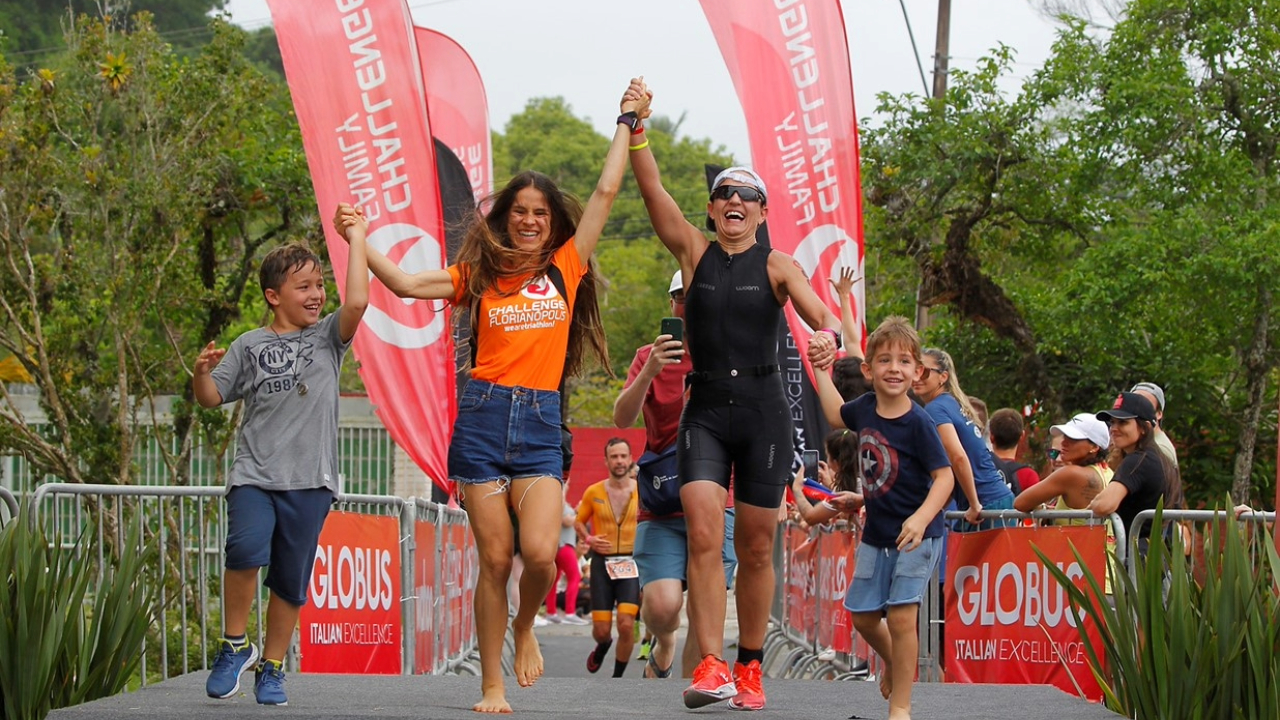
And for Challenge Family specifically? With new races being added to the calendar each year, I was keen to find out what the goal is for the next few years. Quality and growth, hand in hand is the answer.
“Keep growing, with quality,” says Jort. “We really want to be a quality leader, where people feel at home and where people feel like they are taken care of. That’s quite simple: treat people in the way you also want to be treated.”
“And I think in this time of digitalisation, it’s important that people find the joy in a life experience. There are many great options to train at home, and I do that myself. But there’s nothing better than the life experience of an event.”
“People have high expectations of that, and I really would like to fulfil those expectations. I want people to think: ‘this was great, this was the cherry on the cake. This is something I’ve trained the whole year and made sacrifices for.’ It’s a lifetime experience. We want to create something meaningful.”
And at the heart of it, isn’t that what triathlon is all about for so many of us? A meaningful experience. A goal that challenges us and changes us. An experience that scares us and excites us in equal measure. Regardless of what distance you like to race, whether you’re a habitual toe-r of start lines or a once in a blue mooner. Striving to create meaningful experiences and genuine connections through sport is a goal we can all get behind. Here’s to the future of triathlon – see you on a start line soon?


